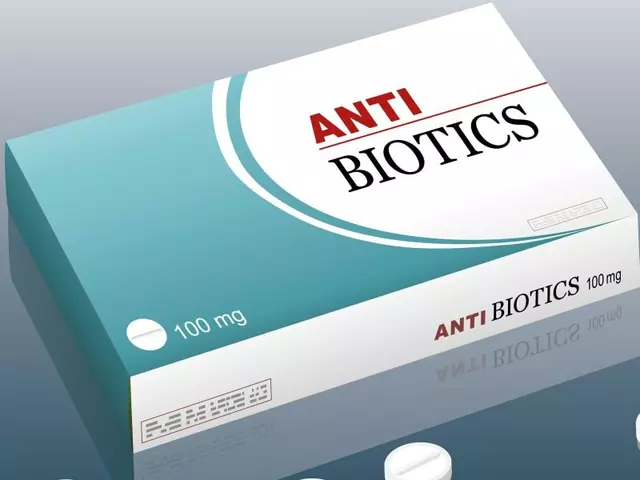Ezetimibe — a practical guide to lowering LDL without guesswork
Want to lower your LDL without pushing your statin dose higher? Ezetimibe is a simple pill that blocks cholesterol absorption in the gut, often cutting LDL by around 15–25% on its own and giving an extra ~20% drop when added to a statin. It’s a good option if you need more LDL reduction or can’t tolerate high-dose statins.
Think of ezetimibe as a partner to other treatments. It targets absorption while statins slow production of cholesterol in the liver. That complementary action explains why doctors add ezetimibe when one approach isn’t enough.
How to take it and what to expect
The usual dose is 10 mg once daily as a tablet. You can take it with or without food. If you use a bile acid sequestrant (like cholestyramine), take ezetimibe at least 2 hours before or 4 hours after the sequestrant so it can be absorbed.
Common side effects are mild: headache, stomach upset or diarrhea, and fatigue. Muscle pain is less common than with statins but report any unexplained muscle pain or weakness. If you already take a statin, your doctor may check liver tests before starting and during treatment — mainly as a precaution.
Important safety points and drug interactions
Don’t use ezetimibe if you’re pregnant or breastfeeding without talking to your doctor. People with severe liver problems should avoid it or use it with close monitoring, especially when combined with statins.
Watch for interactions: cyclosporine can raise ezetimibe levels, so doctors adjust dosing or monitor closely. Bile acid sequestrants reduce ezetimibe absorption unless you separate the dosing times. Combining with fibrates may need careful discussion — some combinations can change gallbladder or liver risks.
Two real-world tips: 1) If you can’t get to your LDL goal on a moderate statin dose, adding ezetimibe is often safer than jumping to a much higher statin dose. 2) If you’re shopping for meds, use a licensed pharmacy and keep prescriptions and receipts. PharmaServe has pages on safe online pharmacy practices if you need guidance.
How will you know it’s working? Your doctor will recheck your lipid panel about 6–12 weeks after starting ezetimibe and adjust treatment based on those results and your cardiovascular risk.
Bottom line: ezetimibe is an effective, well-tolerated way to lower LDL, especially as an add-on to statins or when higher statin doses aren’t an option. Talk with your prescriber about how it fits your heart-health plan, and follow simple dosing and monitoring steps to stay safe and get the best results.

Fed up with statins and their side effects? This guide explores non-statin lipid-lowering agents, including PCSK9 inhibitors, ezetimibe, and bempedoic acid. Get the lowdown on how these meds work, who benefits, their side effects, and what science says in 2025. Find out about the latest approved alternatives and tips for choosing between them. Practical, human, and totally up-to-date.






